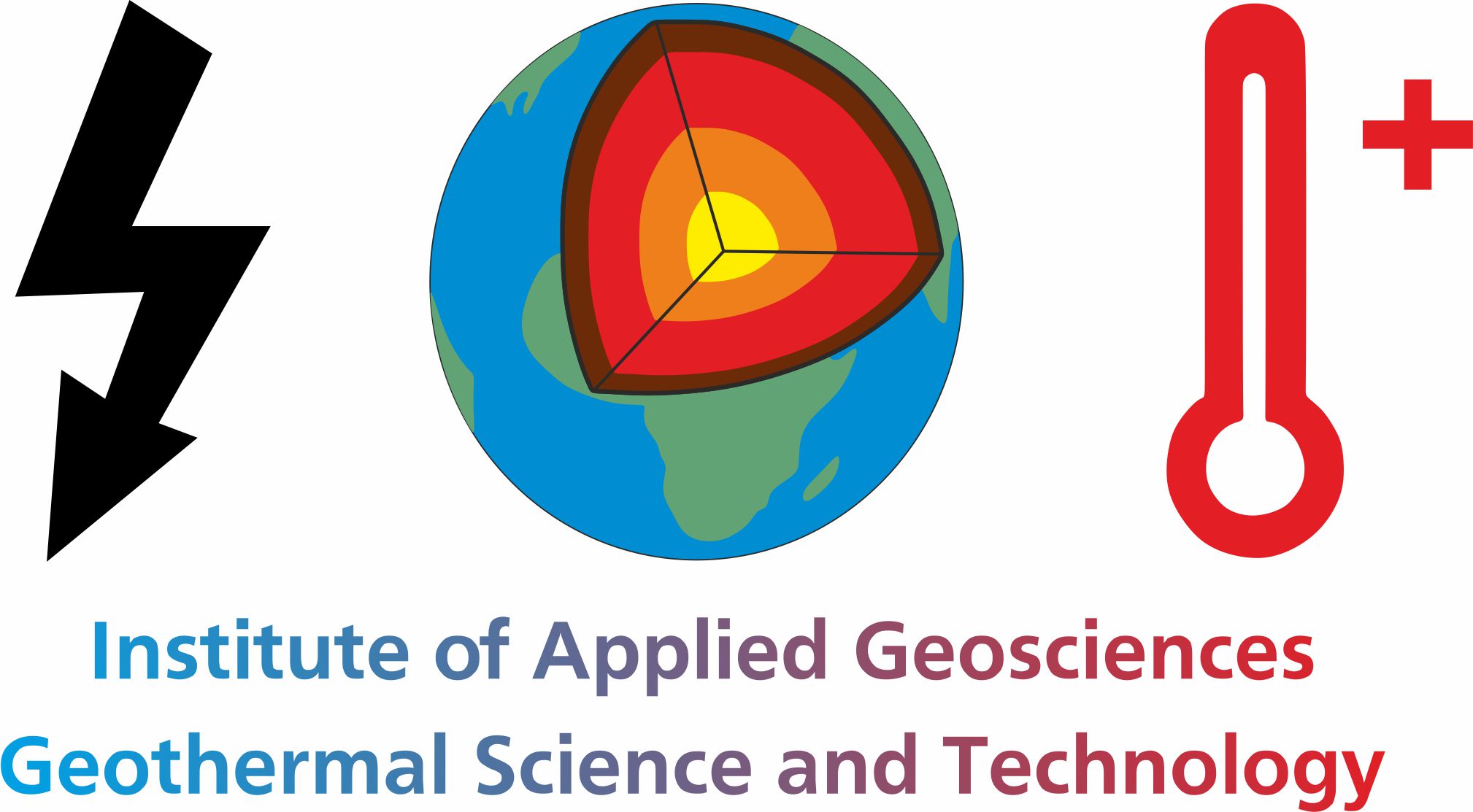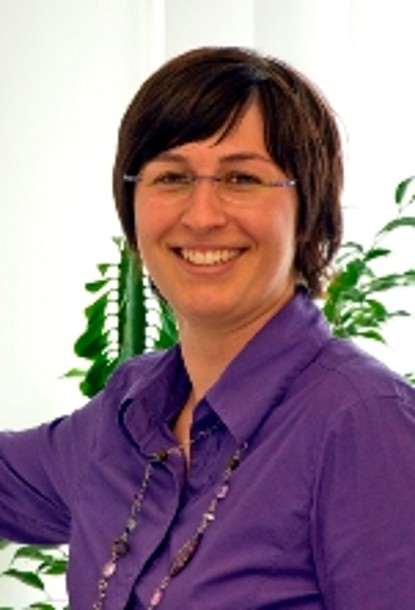The utilization of shallow geothermal energy with closed-loop heat pump systems is a successful and sustainable technology for domestic heating and cooling. However, the construction and operation of borehole heat exchangers (BHEs) necessitate a high level of diligence in order to avoid potential conflicts with drinking water production. A BHE must not constitute any pathway, which penetrates natural geologic barriers and might facilitate a vertical input of contaminants into groundwater resources. Therefore, an often cementitious grouting material, which has to seal the system and ensure its integrity under all operating conditions, is used to backfill the annulus between the BHE pipes and the borehole wall.
During the heating period, BHEs are often operated with fluid temperatures below the freezing point in order to gain higher efficiencies. If a BHE is used for cooling purposes or as part of a seasonal thermal energy storage system, high fluid temperatures may occur in the pipes. Both freezing processes as well as increased fluid temperatures cause thermal stress in the system compound of pipes, grouting material and subsoil. The thermal stress may effect material disruptions and could create secondary liquid pathways. As a consequence, some authorities do not permit working fluid temperatures below 0°C anymore.
The aim of the research project OPTIMOG is to determine how the system integrity of BHEs can be preserved over a longtime operating period under multiple freeze-thaw-cycles or higher fluctuations of the fluid temperature. Within the project, the thermal, hydraulic and mechanical properties of different grouting and pipe materials should be determined on different scales. Furthermore, the project goals comprise the development of numerical models, which will be validated with the experimental results and which can be used to transfer these results to the project scale. The project results enable the optimization of the system compound BHE and thereby ensure a permanent integrity and an efficient usage of BHE systems.
Contact
| Name | Contact | |
|---|---|---|
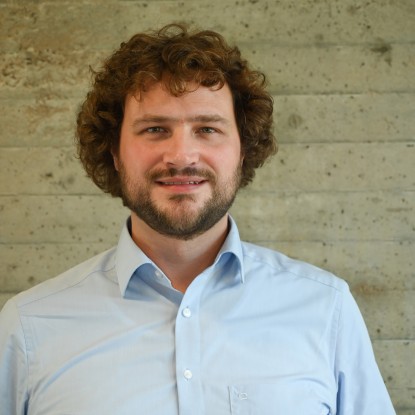
| Dr.-Ing. Bastian Welsch | |
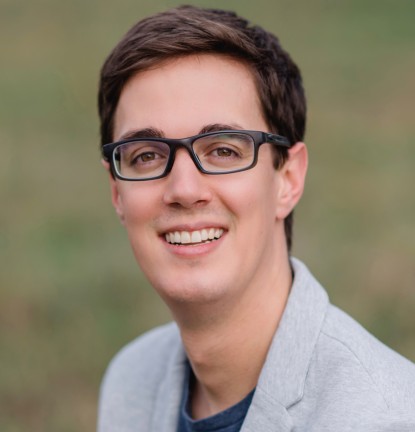
| Jan Christopher Hesse M. Sc. | |
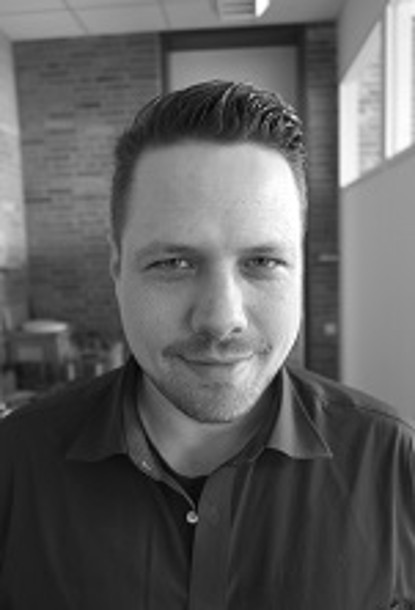
| Jan-Henrik Kupfernagel M. Eng. |
Further Information
- Funding Period: 3 Years (01.05.2017 – 30.04.2020)
- Grant Authorities: BMWi (Grant Agreement number: 03ET1472A)
- Cooperation Partner:: Hochschule Ostwestfalen-Lippe, Fachgebiete Geotechnik und Geothermie, Prof. Dr. Lutz Müller
- Associated Partners: FRANK GmbH, HeidelbergCement AG, SCHWENK Zement KG, thomas zement GmbH & Co. KG

